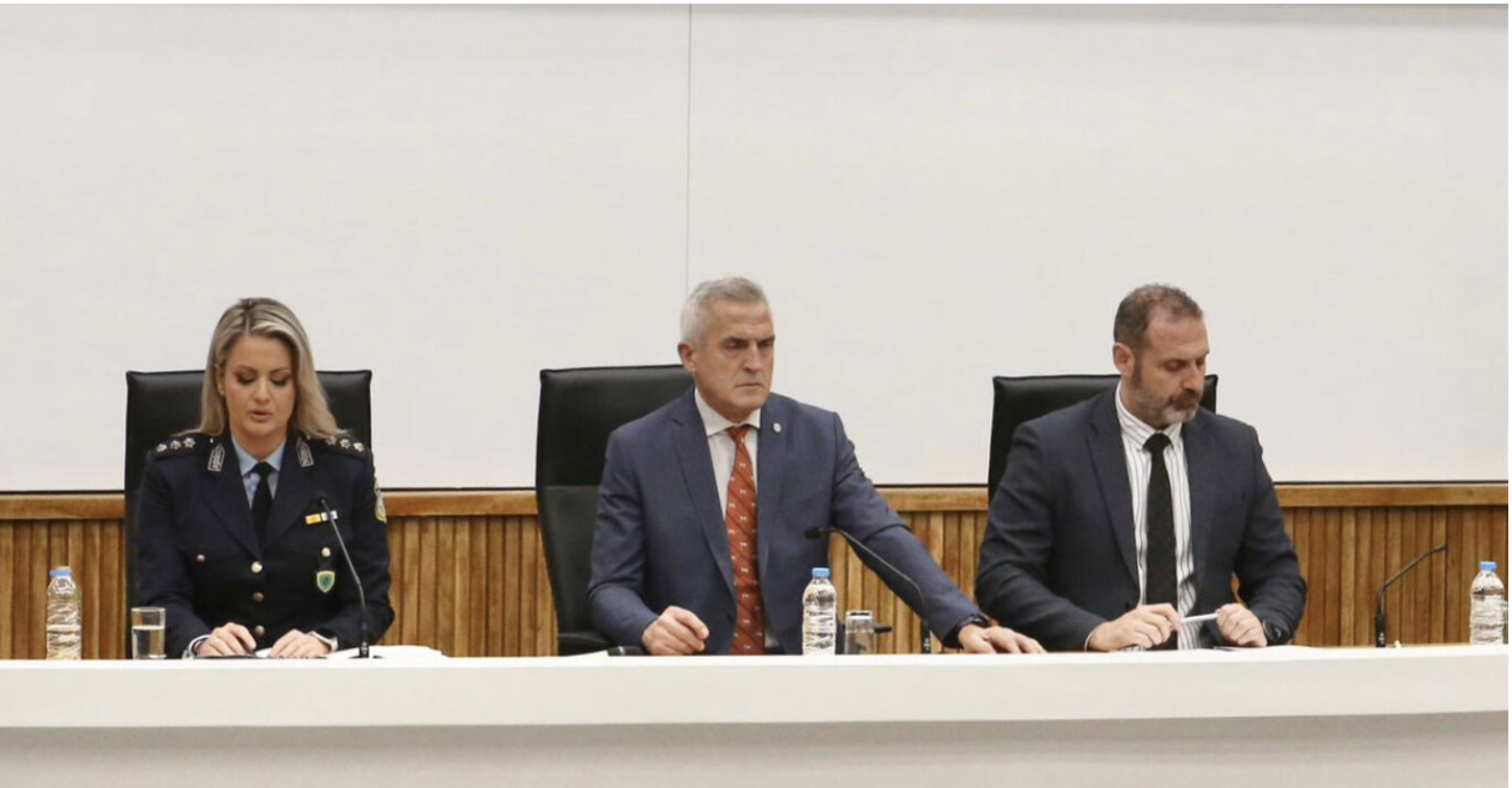Our 4×4 negotiated through sparse woodlands and eventually heaved its way up a steep incline before jolting to a stop. A vast, boulder-strewn landscape rolled out below us. This undulating terrain is the region of Gorwar, which stretches along the edge of the Aravalli Range in south-west Rajasthan.
We were on an early morning safari in the village of Bera, a three-hour drive from the tourist mecca of Udaipur, to witness an anomaly: human-leopard cohabitation, with zero conflict.
Leopard numbers have been on the rise in India in recent years, with a 2018 report estimating the population at 12,852. Human-animal conflicts and mutual encroachments in a densely populated country have been inevitable. The graceful felines have been poached for their luscious coats and other body parts that fetch huge prices in illegal markets. They have been killed by groups of villagers, a retaliatory measure for attacks on precious livestock or simply out of fear when the large cats have strayed into human spaces.
In the first six months of 2021, 102 leopards were poached and another 22 were killed by villagers. Between 2012 to 2018, 238 leopards were killed in the state of Rajasthan alone. And media reports of leopard attacks on humans have been alarmingly frequent.
In this remote, pastoral corner of Rajasthan, however, it has been a continuous saga of peaceful cohabitation between the leopards and the Rabaris, a semi-nomadic shepherding community that migrated to India from Iran more than a millennium ago. It is estimated that about 60 leopards, along with hyenas, desert foxes, wild boars, antelopes and other smaller animals, currently prowl this land.
Read more: BBC
Ask me anything
Explore related questions





